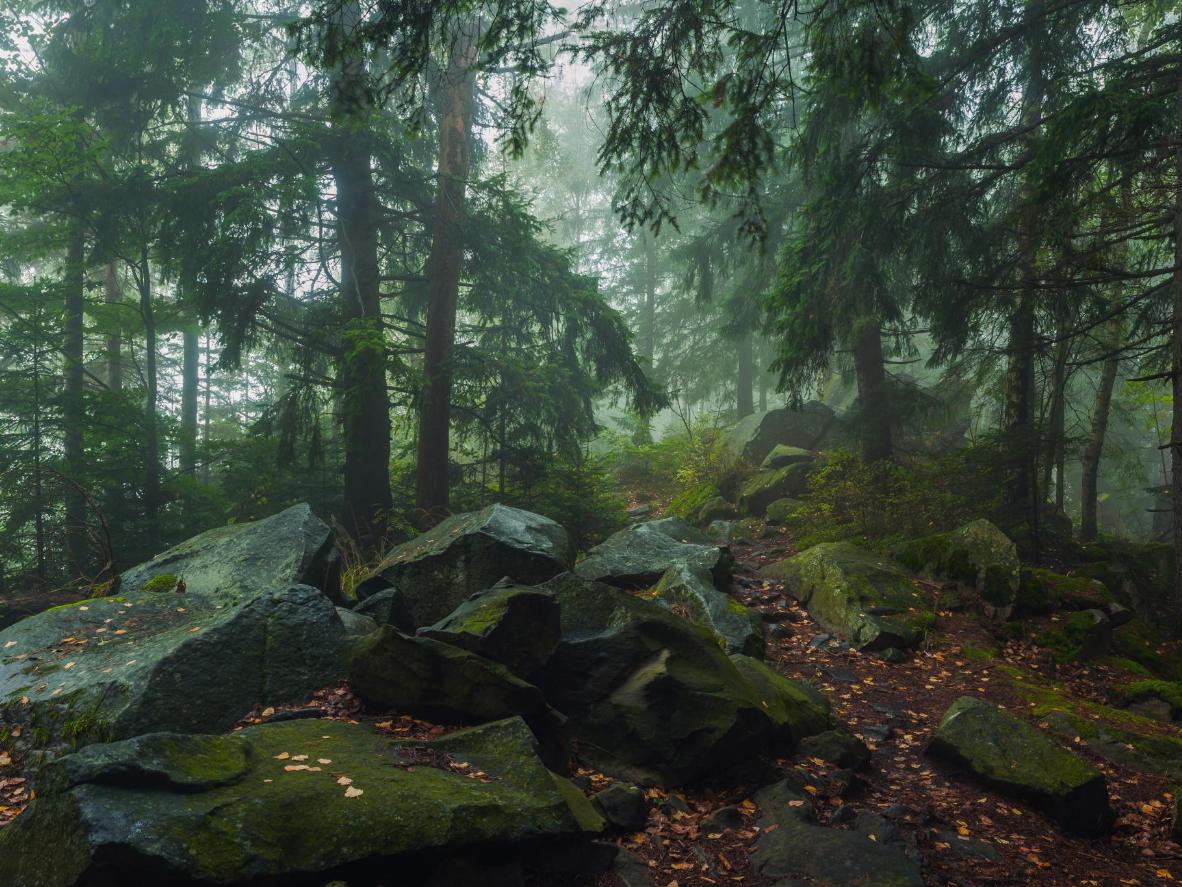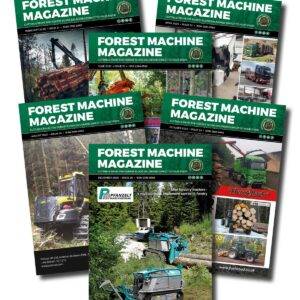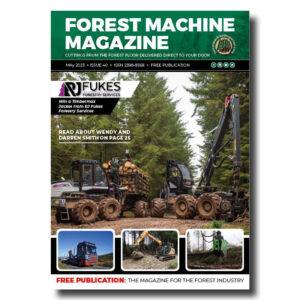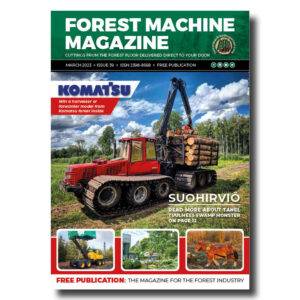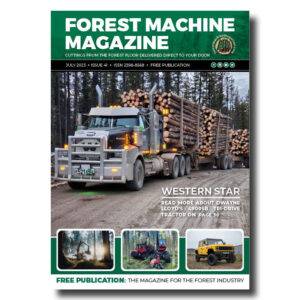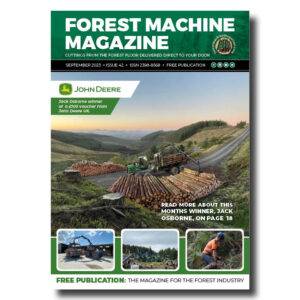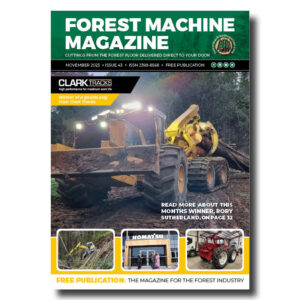For decades, we believed that Ancient Europe was mostly covered by dense forest before the arrival of modern humans.
A new study shows that there was far more open and semi-open vegetation than conventionally expected.
A new research paper is based on studying the last interglacial period, dating to 120 thousand years ago. The last interglacial provided the researchers an important point of comparison, representing the latest climate stage similar to present, but predating the arrival of modern humans in Europe.
In Finland, a study of the last interglacial has been undertaken in Sokli, Lapland, where University of Helsinki researchers have analysed one of the few last interglacial geological sites discovered in the Arctic region.
“This study places our materials from Sokli in an extremely interesting European context. It appears that the natural vegetation before the arrival of humans was starkly different from what is commonly assumed – all the way from the Mediterranean to the Arctic,” said J Sakari Salonen, an Academy of Finland research fellow from the Department Geosciences and Geography at University of Helsinki, who participated in the study.
Textbooks on biology and forestry make it clear that large parts of Europe would naturally be covered by dense forests.
The textbook narrative is that our ancestors felled the forests, drained the swamps and cultivated the heathland. In other words, they created the varied landscapes of meadows, heaths and grasslands that characterized our cultural landscapes before advent of modern agriculture.
But new research from Aarhus University suggests that this was not the case. Elena Pearce, postdoc at the Department of Biology at Aarhus University, and the lead author of the study explains.
“The idea that the landscape was covered by dense forest across most of the continent is simply not right. Our results show that we need to reassess our view of what European nature is,” she says, and her colleague and co-author Professor Jens-Christian Svenning continues:
-
That’s a remarkable amount of work hours for a single machine, the Norcar 600 owned by Erkki Rinne is taken well care of, it even has the original Diesel engine.
-
Kieran Anders is a forestry contractor working in the lake district. His work involves hand cutting and extracting timber using a skidder and tractor-trailer forwarder.
-
It is not possible to eliminate chain shot, but there are simple steps that can be taken to reduce the risk.
-
Arwel takes great pride in the fact that the mill has no waste whatsoever, “the peelings are used for children’s playgrounds, gardens and for farm animals in barns in the winter and the sawdust has multiple uses in gardens and farms as well.
-
Timber hauliers need to encourage young blood in, and also look after the hauliers we have, we need make the sector a safe and positive place to work.
FIND US ON
Related Posts
For great advertising rates please email Rab at forestmachinemagazine@mail.com
“Nature during the last interglacial period – a period with a mild climate similar to today, but before modern humans arrived – was full of variation. Importantly, the landscapes harboured large amounts of open and semi-open vegetation with shrubs, light-demanding trees and herbs alongside stands of tall-growing shade trees.
Ancient pollen samples reveal what nature was like
Samples of ancient pollen helped the research team identify which plants grew more than 100,000 years ago in the last interglacial period.
The research group integrated data from pollen samples from large parts of Europe. The samples reveal that plants that do not thrive in dense forest often constituted large components of the vegetation.
“Tall-growing shade trees like spruce, linden, beech and hornbeam will be most prevalent in dense forests. However, the results show that hazel often covered large areas of the landscapes. Hazel is a bush that doesn’t grow in large quantities in dense forest,” said Jens-Christian Svenning.
In the world of plants, competition for sunlight is fierce. The trees that reach highest with their crowns can capture the most sunlight and win that competition. In beech forests, trees take almost all the sunlight. This means that other, smaller trees and shrubs, such as hazel, cannot grow in a beech forest.
“Hazel thrives in the open countryside and in open or disturbed forest and tolerates disturbance from large animals. Whereas species like beech and spruce often are severely damaged or killed by cutting or browsing, hazel can manage without problems. Even if you cut down a hazel, it will still produce lots of new shoots,” he says. “For this reason, hazel was often very common in historical coppice woodlands”.
So, there are indications that Europe was not covered by dense forest before humans came into existence. But what did the landscape actually look like?
According to calculations from the new study, somewhere between 50% and 75% of the landscape was covered by open or semi-open vegetation. And this is most likely due to the large mammals that lived at that time, explains Jens-Christian Svenning.
“We know that a lot of large animals lived in Europe at that time. Aurochs, horses, bison, elephants and rhinos. They must have consumed large amounts of plant biomass and thereby had the capacity to keep the tree-growth in check,” he said.
“Of course, it’s also likely that other factors such as floods and forest fires also played a part. But there’s no evidence to suggest that this caused enough disturbance. For example, forest fires encourage pine trees, but mostly we did not find pine as a dominant species.”
Although the research group cannot be 100%certain about the extent to which large animals were behind the open areas, there are strong indications that they were. Firstly, large animals such as bison have exactly that effect in areas where they are still found in European forests. Furthermore, beetle fossils from the last interglacial period also show that many large animals lived at that time.
“We have looked at a number of finds of beetle fossils from that time in the UK. Although there are beetle species that thrive in forests with frequent forest fires, we found none of them in the fossil data. Instead, we found large quantities dung beetles, and this shows that parts of the landscape have been densely populated by large herbivores,” he says.
There are many indications that large animals kept the landscape varied before humans came, with large areas of open and semi-open vegetation.
A very special study from Poland further underlines this interpretation, said Jens-Christian Svenning.
“In Poland, researchers have taken a closer look at fossils from Merck’s rhinoceros to see what this large animal lived on. They found remnants of pollen and twigs between its teeth, and when they analysed them, they could see that a large amount came from hazel,
“So, the rhinoceros has trudged around eating branches and leaves from hazel bushes. This supports the theory that the large animals have affected the vegetation, perhaps just like historical coppice woodlands. At the same time, marks of its teeth suggest it had foraged a lot on grass and sedges through its lifetime.”
Not only do we need to rewrite the biology books, but the new findings provide new data to support trophic rewilding ie the restoration of biodiverse, self-regulated ecosystems via the re-establishment of food-web processes, notably as mediated by wild megafauna species.
The results in the study support that large animals have an essential role to play in restoration, as Elena Pearce explains.
“Now we know that there was a great deal of variation in the landscape. Everything suggests that this variation arose because of large animals affecting the vegetation structure. Many of the large animals from the interglacial period are now extinct, but we still have bison, horses and oxen,” she says and concludes:
“Without large animals, natural areas become dominated by dense vegetation, in which many species of plants and butterflies, for example, cannot thrive. Therefore, it’s important we restore large animals to the ecosystems if we are to encourage biodiversity.”
Forest Machine Magazine is written and edited by a forest professional with over 40 years hands on experience. We are dedicated to keeping you informed with all the latest news, views and reviews from our industry.
To support us you can subscribe to our bi-monthly magazine which is delivered to your door from only £15 per year.
Subscribe here
#homeoflogging #writtenbyloggersforloggers #loggingallovertheworld

